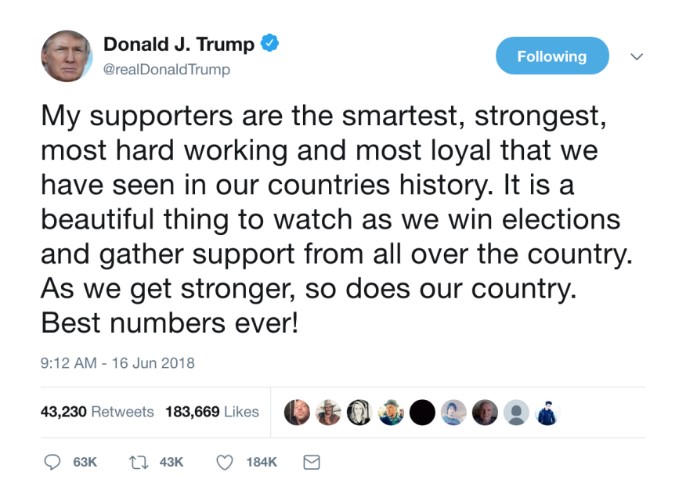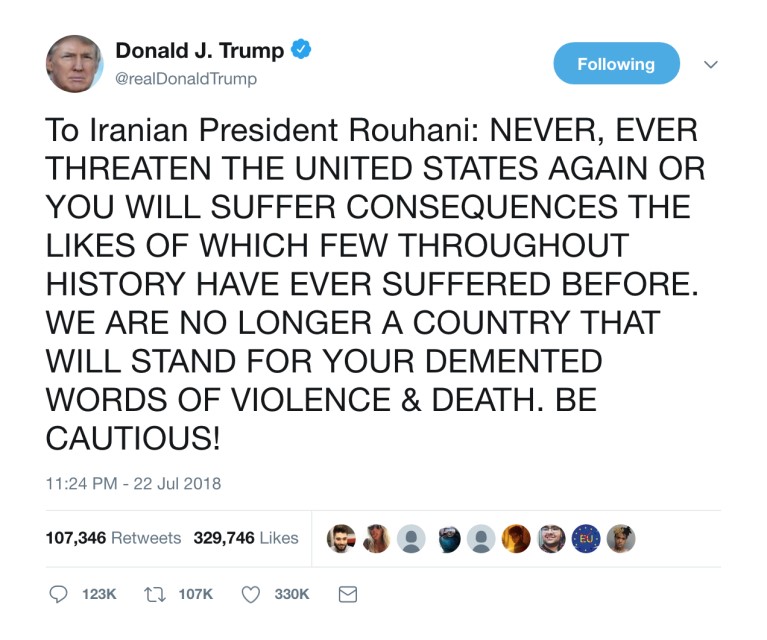
In 2009, the term “Twitter revolution” was coined to describe the way in which protesters used Information and Communication Technologies (ICTs), and especially social media, to rally and publicize their causes in different contexts such as the Moldovan parliamentary election and the Iranian presidential election. In the following years, the Arab spring and the Euromaidan events in Ukraine provided further evidence for the importance of social media in the organization and diffusion of social protests. While the role of social media was sometimes exaggerated in journalistic and academic accounts of the mobilizations (Mejia, 2010), there was a general trend to acknowledge the democratizing potential of ICTs. However, five years after Euromaidan, the tide seems to have turned. In 2016, Oxford dictionaries chose “post-truth” as the word of the year. In a single year, social media were accused to have promoted the election of President Trump in the US and the victory of the leave campaign in the Brexit referendum, among other political events. Not only were these results in contradiction with the liberal values that were supposed to be promoted by social media, but they also questioned the very idea of a democratic political campaign. The diffusion of fake news, the meddling of foreign powers, and the sometimes illegal use of political micro-targeting were instrumental in both campaigns and may have affected the close results in both cases.
What happened in the last five years? Were we collectively wrong and naive about social media in the early 2010s as they were paving the way toward tyranny? The relationship between ICTs, democracy and tyranny is complex. The current pessimistic wave is as deterministic as the earlier wave of techno-optimism. The remainder of the article presents a more nuanced analysis. First, there is no determinism in the relationship between technology and society. Second, ICTs and social media contribute to the advent of tyranny in the classical sense of the term. However, they are also instruments of resistance. Finally, the relationship between technology and tyranny has to be understood in the context of the faltering of the global liberal order.
The relationship between technology and society
Social media, like all technologies, are not fundamentally good or bad for democracy. The techno-optimistic vision that prevailed from the 1990s until 2016 saw in the popularization of the internet, the web 2.0, and social media an unstoppable technological progress toward democratization. This discourse was based on the fallacious comparison between the distributed and horizontal nature of the technological infrastructure of the internet and the necessarily horizontal social relationships that would emerge from its use.
Since 2016, a pessimistic discourse on the relationship between technology and democracy predominates in the public debate. Like the techno-optimistic discourse of the 1990s, the current pessimistic discourse assumes a deterministic vision of technology. Algorithms used by social media and internet platforms are described as “weapons of math destruction” (O’Neil, 2016) or “algorithms of oppression” (Noble, 2018). While it is necessary to acknowledge the agency of technology in current transformations, it is also important to stress that this agency does not operate in abstraction from pre-existing social structures.
Science and Technology Studies can contribute to the understanding of the relationship between technology and world politics (McCarthy, 2017). The analysis of the co-construction between technology and society helps avoid social and technological determinisms and describes the plasticity of technological change. Technology “both embeds and is embedded in social practices, identities, norms, conventions, discourses, instruments, and institutions – in short, in all the building blocks of what we term the social” (Jasanoff, 2004, pp. 3-4).
As described in the following sections, the same ICTs and social media are used by authoritarian regimes and in the rise of tyrants, as well as as instruments of resistance. In both cases, they participate in the redefinition of the world order.
ICTs and tyranny
An interesting parallel exists between the current political situation in several countries around the world and the description of the rise of tyranny as described by Plato almost 24 centuries ago in The Republic (Plato, 2006). First, tyranny springs from democracy. As Plato puts it, “the insatiable desire of [freedom] and the neglect of other things introduces the change in democracy, which occasions a demand for tyranny” (Plato, 2006, p. 559). In his modern reinterpretation of The Republic, Badiou (2006) insists that this excess of freedom is actually the excess of one limited type of freedom, reduced to the “compulsory gratification of personal desires through the objects available on the market” (Badiou, 2006, p. 274).
“Disregard for everything that’s not your own little self is called ‘the autonomy of the human subject’. Being rid of every principle connected with collective life is called ‘personal freedom’. The most ruthless careerism adopts the sweet name of ‘social success’. Being even the least bit concerned about workers, lower-level employees, or small farmers is denounced as ‘populism’. Advocating outrageous inequalities, the competition of all against all, and police repression of the poorest people in society is called ‘the courage to start from realities’.” (Badiou, 2006, p. 272)
Against this background, the tyrant emerges as a protector of the people against “drones” (the plague of an inactive class taking advantage of democracy) and against the excesses of freedom. However, the protector eventually converts into an autocratic ruler. Three elements of the tyrant’s method described by Plato are worth mentioning in order to analyze the current role of ICTs and social media in the advent of tyranny. First, the tyrant has “a mob entirely at his disposal”. Second, he uses “false accusation” as his favorite method. Third, “he is always stirring up some war or other, in order that the people may require a leader.” (Plato, 2006, p. 566). ICTs are powerful tools to gather a mob of followers, throw false accusations, and stir up conflicts with opponents, critiques, and foreign leaders. The use of Twitter by President Trump immediately comes to mind as an illustration of these three methods (see tweets below), although many other examples exist.



The direct relationship between leaders that present themselves as protectors of the people against democratic elites through social media and internet platforms allows for the diffusion of false information, accusations, and threats. The absence of mediation between the “protectors” and their followers facilitates the implementation of tyrannical methods of campaigning and ruling in a context of democratic crisis. This is why it can be said that ICTs are instrumental in the advent of tyranny worldwide.
ICTs and resistance
Against dominant uses of ICTs, a myriad of alternative and resistance practices flourishes. The very same technology that allows for the control of a mob by anti-democratic leaders also offer new tools for activism, social movements, and emancipatory politics.
Transnational online mobilizations have been able to affect the global political agenda over the last few years. The most striking example from the recent past is the #MeToo movement against sexual harassment, spreading virally since October 2017. The global movement had translations in over 85 countries. The #MeToo movement illustrates the global importance of what Kira Cochrane analyzed as a fourth wave of feminism “defined by technology”.
Organization and coverage of protests through social media did not disappear in the last five years. In 2016, for example, while commentators focused on Brexit and the US Presidential election, students from many different universities in Colombia used social media to organize massive marches to defend the peace agreement with the FARC guerilla after the failure of the ratification plebiscite. The communication channels established in 2016 among universities are still instrumental in the current mobilizations to support public higher education in 2018.
The use of ICTs for emancipatory purposes creates alternative political spaces and alternative meanings for the digital revolution (Chenou & Castiblanco, 2018). The democratizing potential of ICTs still exists. One error was to think that this democratizing potential was the main feature of ICTs when the dominant practices and discourses were aimed toward the digitization and the deregulation of capitalism and the perpetuation of pre-existing power structures (Morozov, 2011).
The end of the liberal order
The different technological practices mentioned in this article have to be understood in the context of the current redefinition of the world order. More precisely, they help analyze the co-production between digitization and the end of the liberal world order.
The digitization of everything started in the 1990s, during the golden age of globalization and liberalism. Digital technology was a powerful vehicle for the globalization of capitalism and the diffusion of liberal ideas and practices. Internet governance, and later the regulation of digital markets, corresponded to a synthesis between neoliberalism and cyber-libertarianism (Chenou, 2014). With a “hands-off” approach toward state regulation and the cult of “permissionless innovation”, the development of cyberspace contributed to the disentanglement of freedom from other purposes of politics.
While dominant economic uses of digital technology still abide by this logic and internet giants, such as Google, Amazon, Facebook, Apple, and Microsoft, are still reluctant to accept any type of regulation, the crisis of the liberal order prompted reactions in the discourses around – and uses of – digital technologies. On the one side, alleged “protectors” of the people emerge in the context of the crisis of the liberal order and use ICTs and social media to win elections. By doing so, they implement what Plato described as the tyrants’ methods and question the principles of democratic rule. On the other side, digital technologies are also used for the formulation and promotion of emancipatory politics.
These two reactions illustrate how technology responds to “the social” (in this case, the crisis of the liberal world order), but they also evidence how different uses of technology compete in order to give new directions to “the social”. The most recent events in global politics hint towards the rise of tyranny as the most probable outcome of the redefinition of the world order. However, as we have seen in this article, alternative uses of technology have yielded results and shown some potential to weigh in the redefinition of the world order.
References
Badiou, Alain. 2015. Plato’s Republic: A Dialogue in Sixteen Chapters. New York: Columbia University Press.
Chenou, Jean-Marie. 2014. ‘From Cyber-Libertarianism to Neoliberalism: Internet Exceptionalism, Multi-Stakeholderism, and the Institutionalisation of Internet Governance in the 1990s’. Globalizations 11 (2): 205–23.
Chenou, Jean-Marie, and Rodulfo Armando Castiblanco Carrasco. 2018. ‘#CompartirNoEsDelito: Creating Counter-Hegemonic Spaces Online for Alternative Production and Dissemination of Scientific Knowledge’. In Networks, Movements and Technopolitics in Latin America: Critical Analysis and Current Challenges, edited by Francisco Sierra Caballero and Tommaso Gravante, 177–97. Palgrave Macmillan.
Jasanoff, Sheila. 2004. States of Knowledge: The Co-Production of Science and the Social Order. Routledge.
McCarthy, Daniel R. (ed.) 2017. Technology and World Politics: An Introduction. Routledge.
Mejias, Ulises. 2010. ‘The Twitter Revolution Must Die’. International Journal of Learning and Media 2 (4): 3–5.
Morozov, Evgeny. 2011. The Net Delusion. The Dark Side of Internet Freedom. New York, NY: Public Affairs.
Noble, Safiya. 2018. Algorithms of Oppression: How Search Engines Reinforce Racism. New York: NYU Press.
O’Neil, Cathy. 2016. Weapons of Math Destruction: How Big Data Increases Inequality and Threatens Democracy. New York: Crown.
Plato. 2006. The Republic. San Diego: ICON Group.
Further Reading on E-International Relations
- Technology and Tyranny
- Opinion – A New World Order? From a Liberal to a Post-Western Order
- Hegemony and Diversity in the ‘Liberal International Order’: Theory and Reality
- Civilization, China and Digital Technology
- Post-Truth and Far-Right Politics on Social Media
- America’s Democratic Shortcomings and the Liberal International Order